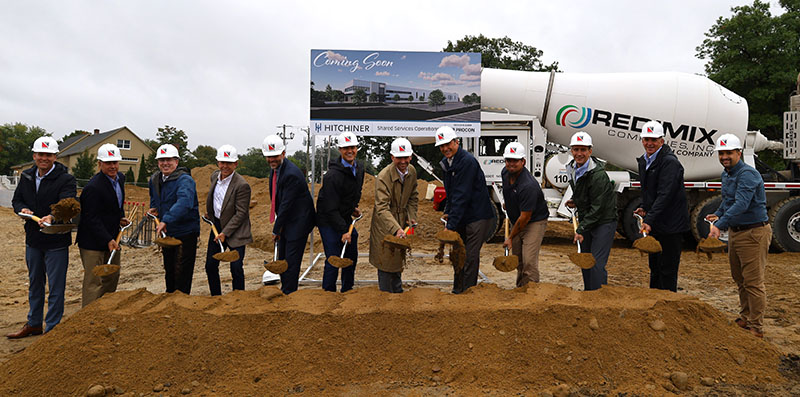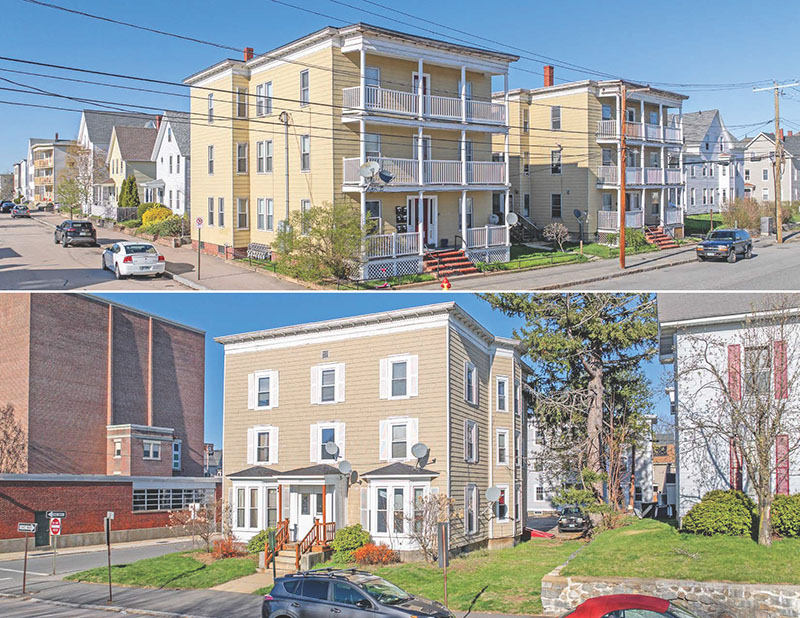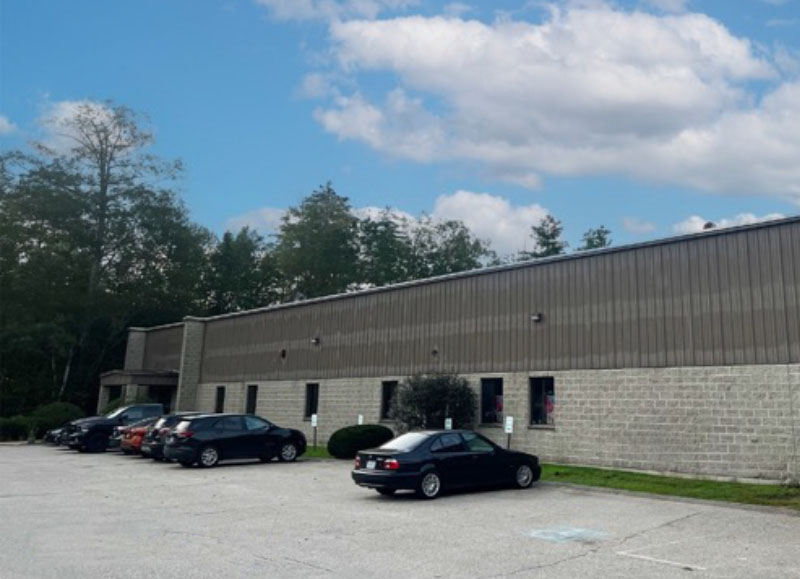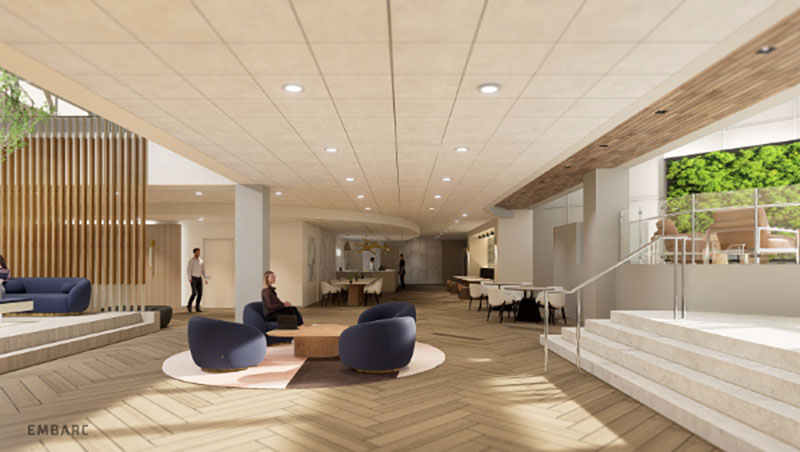News: Northern New England
Posted: September 7, 2007
Three key factors for construction management success: team, trust and communication
The first task in any construction management (CM) process and possibly one of the most critical is the selection of the "CM Team." This process demands three key factors for its success: team, trust, and communication. Each cornerstone is just as important as the other.
The Team Selection Process:
* Selecting your architect and/or engineer (A&E) - As you consider your A&E - list out your priorities. Are these items on your list: safety, function, quality, completion date, aesthetics, location, maintenance costs, financing, and stress level?
* Selecting a construction manager/ contractor- We often are tempted to select a contractor based on a low bid. Low bid usually generates change orders and disappointments. Remember, the lowest bidder usually is not due to the best price, it could mean he just missed the most at bid time. You want to make sure they have a solid resume, are well respected in the community and have a reputation to maintain schedule and budget.
ALL CONTRACTORS ARE NOT EQUAL. The successful ones usually have a higher profit but will deliver what they say they can.
When you commit to your CM/ contractor- you will live with this decision for a long time. Make an educated decision. Do your homework.
Phases of a CM Project-
The three major components each have an integral element of the construction process. Controls need to be established to monitor progress, to provide coordination and to ensure success. These are time control, cost control, quality control and safety control.
* Pre-construction- The CM responsibilities are the preparation of preliminary estimates, provide recommendations through value engineering, preparation of the Project Schedule, update & refine estimate, prepare bid packages, prepare cash flow schedule for projected cash requirements, conduct meetings with subcontractors and vendors.
* Construction- The CM provides administrative and clerical functions, project management and construction supervision, scheduling and progress meetings, maintains cost accounting records, monitors progress, on site safety performance, quality control and obtains appropriate permits.
* Post Construction- CM administers the warranty coverages, provides operations and maintenance information and provides the as-built documentation of the project.
Early Budgeting Tips:
The best opportunity to save money on a construction project is during the planning phase. If you are not knowledgeable about this process you must rely on the advice of others that have experience. Get close to the individual that is assembling the project costs. They will have the most knowledge on the financial implications within the project pricing. An overall budget maintained by the CM could include everything from the land acquisition to the completion of the contract warranty and everything in between.
Know What Your Fee Includes-
Not all fees include all services. Ask for a document which identifies all items that have cost implications to the project and define who is the responsible party. This will alleviate any dispute and unnecessary costs to the owner. Bonding and insurance costs should also be addressed. This could be a substantial increase if the owner is not aware of the responsible party.
Should you have an Owner's Contingency?
An owner's contingency should be assumed for the total project to protect against unknowns. Financial institutions providing funding for projects generally do not allow for additional expenses added to the project. Cost complications in construction can be out of your control- i.e. weather conditions, material escalations, code changes, administration changes for longer projects and so on.
What about a Contractor Contingency?
This should be included during the budgeting process. The contractor contingency would be allocated for unknown costs not identified through the design phase of the project. The contingency percentage is based on the level of completion of the final documentation. Generally a percentage of up to 10% would be allocated- dependant upon the size of the project. This value would be included in the GMP. The contractor contingency would be for the contractor's costs only. Any owner changes would be altering the contract costs thus creating a "change order" to the GMP. Part of the reasoning for a contractor contingency is that the CM carries a lower fee thus assuming a lower risk. The contingency provides a level of comfort for the contractor. Be sure to receive proper documentation for any use of the contingency.
All the information included in this article is not meant to be inclusive of the CM process but hopefully provides key factors to consider when doing your next project.
Jerry Kingwill is principal of Cobb Hill Construction, Inc., Concord, NH.
Tags:
Northern New England
MORE FROM Northern New England
PROCON and Hitchiner break ground on 57,000 s/f shared services operations facility
Milford, NH Hitchiner, in partnership with PROCON’s integrated design and construction team, has officially broken ground on a new 57,000 s/f shared services operations facility at its Elm St. campus. This building will house value-added services used across Hitchiner’s various business units,








.png)